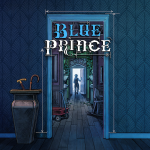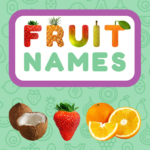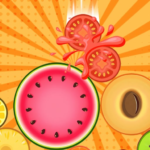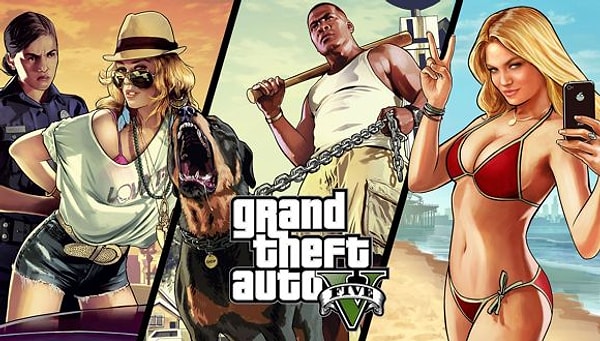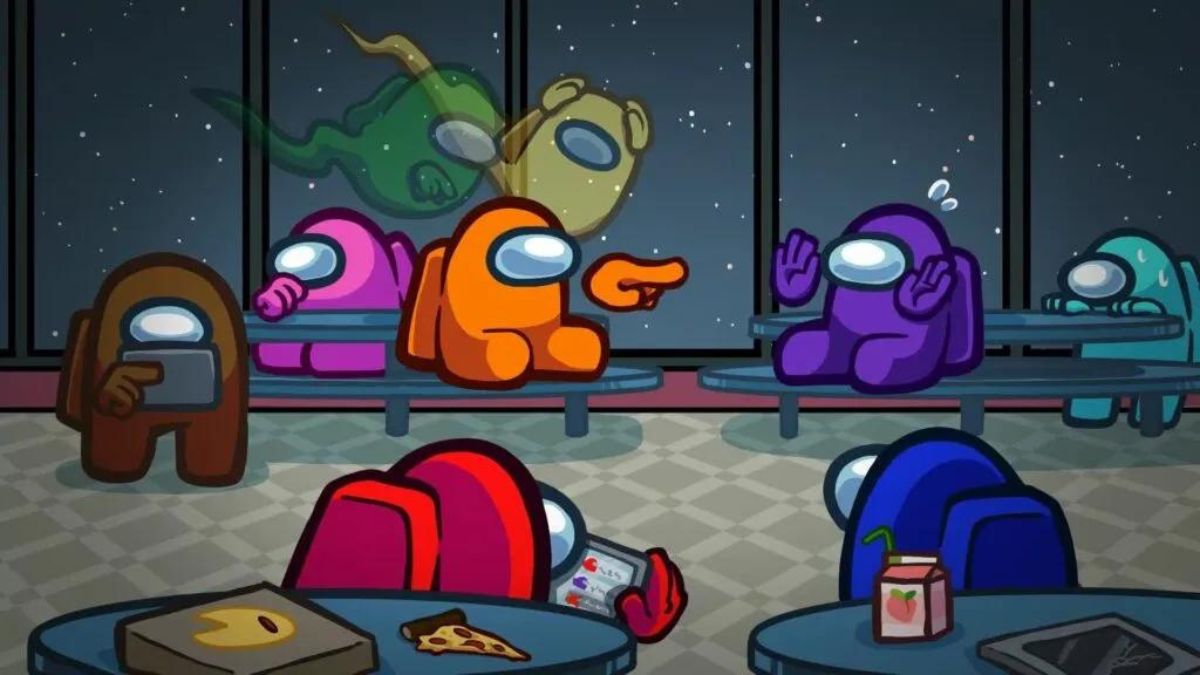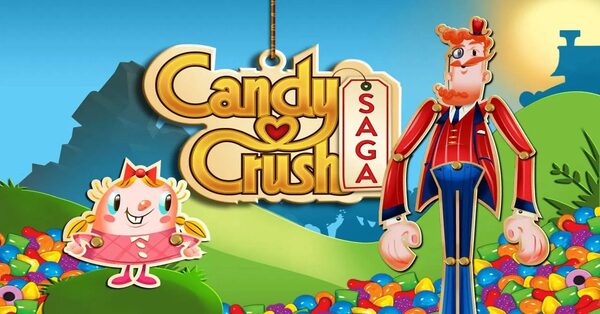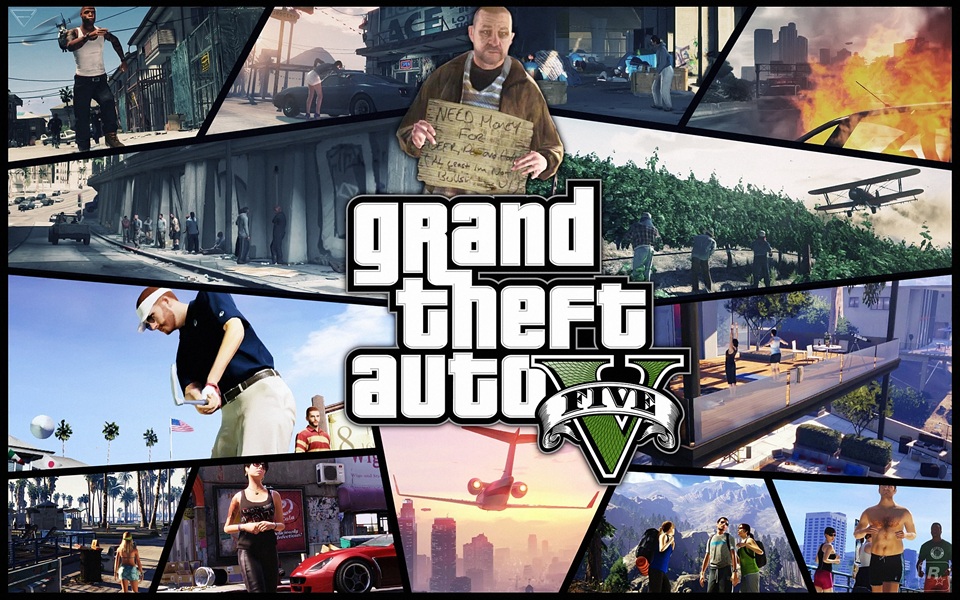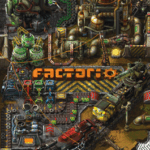Rust is a hardcore multiplayer survival game developed by Facepunch Studios. Originally released in early access in 2013 and fully launched in 2018, Rust has evolved into one of the most unforgiving yet rewarding open-world survival experiences available today. Its blend of brutal PvP, base-building, and crafting—set in a sandbox world dominated entirely by players—creates a volatile mix of chaos, strategy, and storytelling.
Unlike many survival games, Rust doesn’t hold your hand. You start with nothing but a rock and a torch. The world is cold, hostile, and filled with other players who can help—or kill—you on sight. Progress means crafting tools, building shelter, scavenging supplies, and defending everything you’ve earned from raiders or the elements.
In this article, we’ll explore Rust’s key systems, its rise to popularity, its strengths and weaknesses, and what makes it such a uniquely addictive (and punishing) game.
1. The Early Days of Rust
Rust began as a survival experiment, heavily inspired by DayZ and Minecraft. Its initial premise was simple: survive in a world where the environment, wildlife, and other players are all threats.
Over the years, Facepunch Studios rebuilt the game from scratch, overhauling graphics, mechanics, and systems. It transitioned from a zombie survival game to a purer PvP-focused experience.
The modern Rust, powered by the Unity engine, is rich with content—featuring monuments, vehicles, electricity systems, and elaborate base-building mechanics.
2. Core Survival Gameplay
At its core, Rust is about survival. Players spawn naked on a vast island and must gather wood, stone, and metal to craft tools and weapons. Food and warmth are essential, and failure to secure them results in death.
You’ll need to build a base quickly to protect yourself and your gear. Nighttime, radiation zones, hostile wildlife, and other players can all end your run in seconds.
Rust’s systems are interconnected—your shelter, resources, and decisions are all vulnerable, so success requires planning and constant vigilance.
3. Crafting, Blueprints, and Progression
Rust’s crafting system allows players to create everything from primitive tools to advanced weaponry and electronics. Many items require blueprints, which must be found or researched by recycling loot.
This progression curve starts slow but ramps up quickly. Players move from bows and spears to semi-automatic rifles, rocket launchers, and turrets.
Resource management becomes a critical aspect of long-term survival, especially as you scale up your base and weapons. Efficiency separates casual survivors from serious raiders.
4. Building and Base Defense
Building in Rust is both an art and a science. Players use a building plan and materials like stone, wood, and metal to construct secure bases. These structures can include airlocks, hidden rooms, turret systems, and armored bunkers.
Every base has a Tool Cupboard (TC), which controls building privilege in an area. Bases decay over time unless maintained with materials stocked in the TC.
Base raiding is a core part of the game. Players must design defensively, anticipate attacks, and often rebuild after being wiped. Creativity and paranoia go hand in hand.
5. Raiding and PvP Combat
Rust’s combat system is intense and unforgiving. Gunfights are high-stakes, with real loss for death. Ammo is scarce, and accuracy matters. Armor, terrain, and aim all influence the outcome.
Raiding is the heart of the endgame. Explosives like C4, satchel charges, and rockets are used to breach enemy bases and steal loot. These raids are loud, expensive, and often decisive.
PvP in Rust rewards tactical awareness, communication, and experience. A successful raid can change the balance of power on a server overnight.
6. Multiplayer and Player Interaction
Rust is a fully multiplayer experience. Every player you encounter is real, and every encounter could end in betrayal, alliance, or bloodshed.
Communication is key—voice chat and emotes allow for dynamic interactions. You might find a helpful stranger, a backstabbing thief, or a full clan of armed players ready to eliminate you on sight.
The emergent social gameplay is what makes Rust unique. No two servers play the same, and player behavior defines the ecosystem.
7. Monuments, Loot, and Exploration
Rust's map is dotted with monuments—large, dangerous landmarks like military tunnels, launch sites, and oil rigs. These zones offer valuable loot and attract heavy PvP traffic.
Navigating these areas requires planning. Many are irradiated or require puzzle-solving with fuses and keycards to access deeper loot rooms.
Exploration is risky but rewarding. Knowing when and how to loot monuments is key to progressing faster than your rivals.
8. Wipes, Seasons, and Server Variety
Rust servers wipe regularly—typically once a week or monthly—resetting all player progress. This creates seasonal gameplay, where everyone starts fresh.
Wipes keep the game competitive and prevent servers from becoming stagnant or unbalanced. However, they also mean that no base or empire is permanent.
Players can choose from thousands of community or official servers, each with different wipe schedules, rules, mods, and populations.







